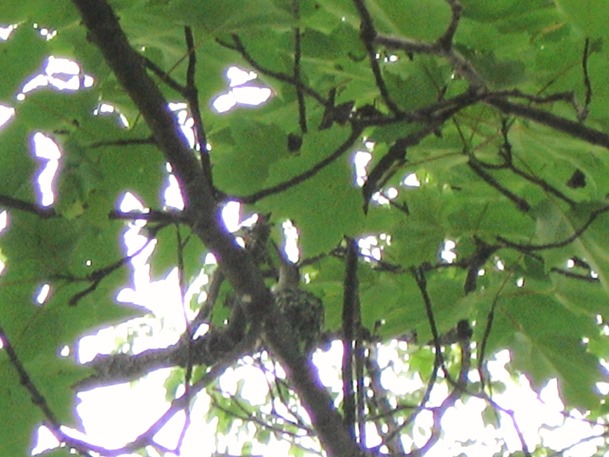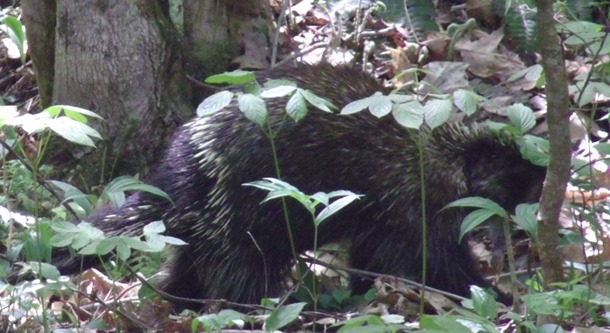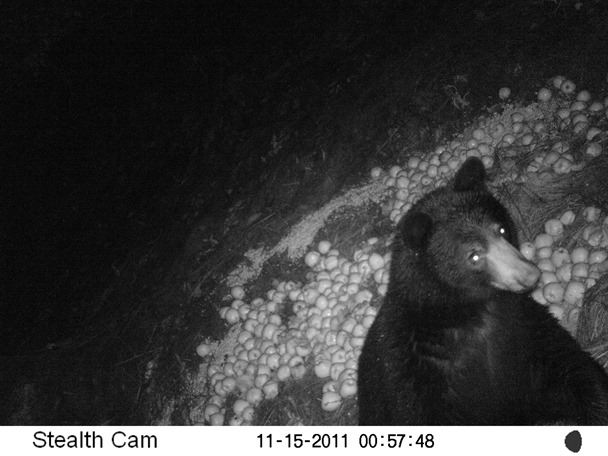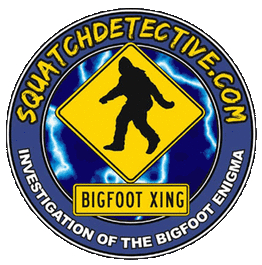Many have asked me from time to time, why cover this story? Or what makes me tick.
In early 2010 I developed my 5 Tenets of Bigfoot Research. The reason was to establish a clear mission statement of what I do and a set of uncompromising principles to live not only in the world of Sasquatch investigation but even in life itself.
Source: http://squatchdetective.com/tenets.htm
In my introduction to the Tenets I state:
In order for any mission oriented project one must establish a core set of principles to operate by.
The 5 Tenets were created by Steve Kulls in order to guide investigations and research into the Bigfoot mystery, and not fall into the category of "junk" science.
It is also an method in which all possibilities can be explored using logic and reasoning, not emotion to dictate results.This 5 very simple points, give Squatchdetective.com it’s mission statement as well as a tool for others to move along through life, be it Bigfoot research or other endeavors.
Following these simple rules, one can get through to the truth without compromising truth, integrity or introspection, as well as become a leader rather than a follower.
Source: http://squatchdetective.com/tenets.htm
1. Keep an open mind – By keeping an open mind, it allows you to see what others may miss.
In this Tenet, which is always the investigator’s first Tenet, it stops you from tunnel vision, and exploring all answers to a question, scenario, situation or problem at hand. It also keeps you open to alternative explanations and from making making absolutist mistakes.
2. Remain objective – An open mind does not mean compromising reality.
In a “fringe” element of science, such as Sasquatch research, we must remain in check with ourselves despite our personal beliefs. I am a firm believe in John Green’s famous axiom, “I do not believe in solving one mystery with the introduction of another mystery.”
Just because we believe something may be so, doesn’t make it so. Stay grounded in what you can prove. If you can’t prove something hypothetical, or have not seen results in your research to back it up, do not say it as fact.
3. Always tell the truth – Honesty is the best policy, never be afraid to report results that are negative towards your quest.
A person is only born with one integrity. If you are investigating claims it is imperative to show both sides of the issue, or at least explore the options that debunk such. Don’t be afraid ever to say you were wrong, or you have changed conclusions during an investigation or if new evidence comes into light.
4. Responsibility to educate – Educating people about the phenomena is a responsibility not an option.
As people quantified as experts by the general public, it is our responsibility to educate them. Not necessarily change their beliefs, but at the very least destroy misinformation out there about this mystery. As a note the term expert is a relative term. It is a point of reference. To the general public, we’re the experts,” amongst other researchers we are peers.
5. Expose the charlatans – Part of education is exposing the harbingers that bring junk science and misnomers to the world of Bigfoot research.
This is the reason why we go after hoaxers, especially one’s in the spotlight so tough. Spreading misinformation and lies, only hurt the education and the knowledge of the general public as well as the inclusion of this sort with the remainder of the Bigfoot community.
Of course could there have been more Tenets? Yes, but the problem is the longer the list, the harder it is to follow, or remember. An adaptation of researchers to a set of principles such as these not only keeps them out of trouble, provided they are followed but keeps them honest to their original goals and strategies in the ongoing investigation into this mystery or life in general.
Till Next Time,
Squatch-D





















You must be logged in to post a comment.